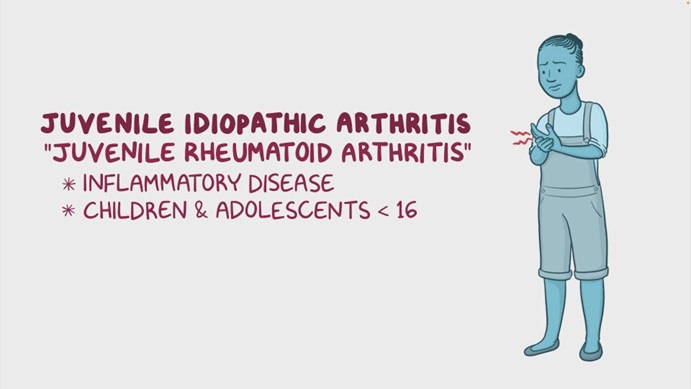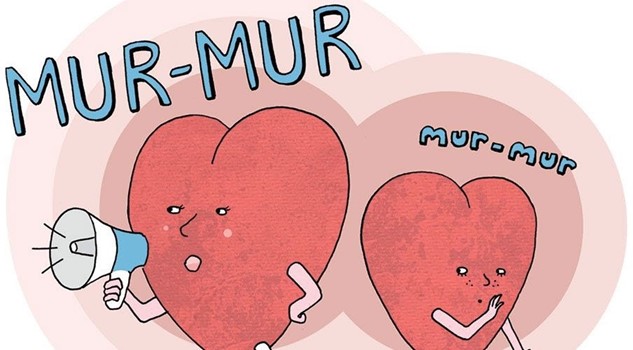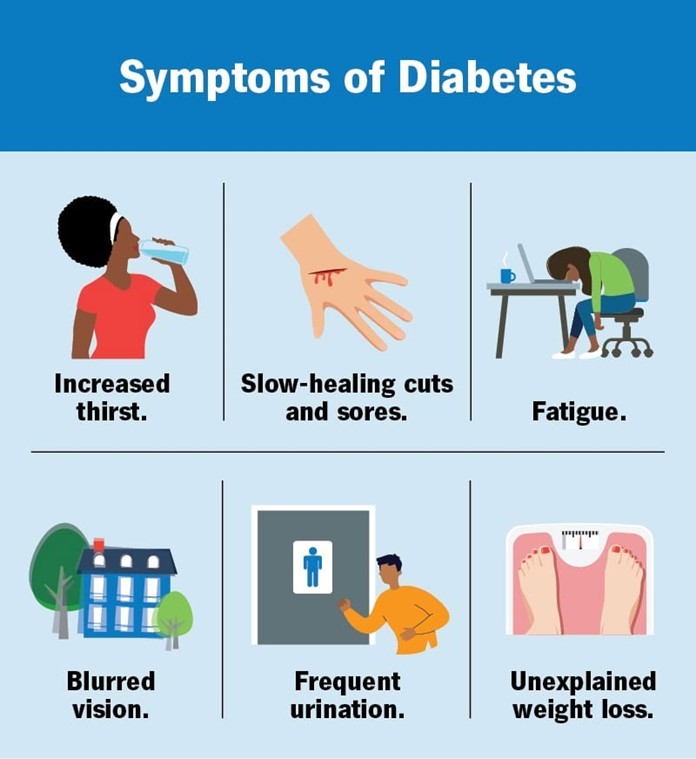A nurse is providing discharge instructions to a parent and his school-age child who has juvenile idiopathic arthritis. Which of the following instructions should the nurse include?
Apply cool compresses for 20 min every hour.
Encourage the child to take a 45-minute nap daily.
Allow the child to stay at home on days when her joints are painful.
Administer prednisone on an alternate-day schedule.
The Correct Answer is D
Choice A reason: wrong because applying cool compresses for 20 minutes every hour is not typically recommended. While cool compresses can help reduce joint swelling and pain, they are usually recommended to be applied for short periods and not as frequently as every hour
Choice B reason: wrong because while rest is important, there is no specific recommendation for a 45-minute nap daily. Adequate rest should be balanced with physical activity, which is essential for maintaining joint function and muscle strength
Choice C reason: wrong because allowing the child to stay at home on days when her joints are painful may lead to prolonged inactivity, which can worsen joint stiffness and reduce muscle strength. It’s important to encourage regular movement and activity as tolerated
Choice D reason: This is correct because prednisone is a corticosteroid used to reduce inflammation in conditions like juvenile idiopathic arthritis, and an alternate-day schedule can be effective in managing symptoms while minimizing side effects

Nursing Test Bank
Naxlex Comprehensive Predictor Exams
Related Questions
Correct Answer is ["B","C"]
Explanation
Choice A: Clubbing of the nail beds is not a finding that the nurse should expect in a child who has aortic stenosis, which is a condition that causes narrowing of the aortic valve and obstructs blood flow from the left ventricle to the aorta. Clubbing of the nail beds is a sign of chronic hypoxia, which can occur in conditions that affect the lungs or the right side of the heart.
Choice B: Murmur is a finding that the nurse should expect in a child who has aortic stenosis, as it indicates turbulent blood flow through the narrowed valve. A murmur can be heard with a stethoscope over the chest and may vary in intensity, pitch, and duration. A murmur caused by aortic stenosis is typically systolic, loud, and harsh and radiates to the neck or back.
Choice C: Weak pulses are a finding that the nurse should expect in a child who has aortic stenosis, as they indicate reduced blood flow and pressure in the peripheral arteries. Weak pulses can be felt with palpation of the radial, brachial, femoral, or pedal arteries and may be difficult to detect or absent.
Choice D: Bradycardia is not a finding that the nurse should expect in a child who has aortic stenosis, as it indicates a slow heart rate, which is less than 60 beats per minute in children. Bradycardia can occur in conditions that affect the electrical conduction system of the heart or cause increased vagal tone. A child who has aortic stenosis may have tachycardia, which is a fast heart rate, as a compensatory mechanism to increase cardiac output.
Choice E:Hypertension is not typically associated with aortic stenosis in children; instead, the condition often results in reduced blood pressure distal to the valve.

Correct Answer is D
Explanation
Choice A: Nausea and vomiting are not common signs of hypoglycemia, which is a low blood glucose level. Nausea and vomiting are more likely to occur with hyperglycemia, which is a high blood glucose level, or with diabetic ketoacidosis, which is a life-threatening complication of diabetes.
Choice B: Sweating is not a common sign of hyperglycemia, but rather a sign of hypoglycemia. Sweating occurs as a result of the activation of the sympathetic nervous system, which tries to raise the blood glucose level by releasing adrenaline and other hormones.
Choice C: The onset of low blood glucose usually occurs quickly, not slowly. Low blood glucose can be caused by taking too much insulin, skipping meals, exercising too much, or drinking alcohol. Low blood glucose can lead to confusion, seizures, coma, or death if not treated promptly.
Choice D: Feeling shaky is a common sign of hypoglycemia, as the body tries to cope with the lack of glucose as an energy source. Feeling shaky can also be accompanied by other signs such as hunger, nervousness, dizziness, or weakness.

Whether you are a student looking to ace your exams or a practicing nurse seeking to enhance your expertise , our nursing education contents will empower you with the confidence and competence to make a difference in the lives of patients and become a respected leader in the healthcare field.
Visit Naxlex, invest in your future and unlock endless possibilities with our unparalleled nursing education contents today
Report Wrong Answer on the Current Question
Do you disagree with the answer? If yes, what is your expected answer? Explain.
Kindly be descriptive with the issue you are facing.
